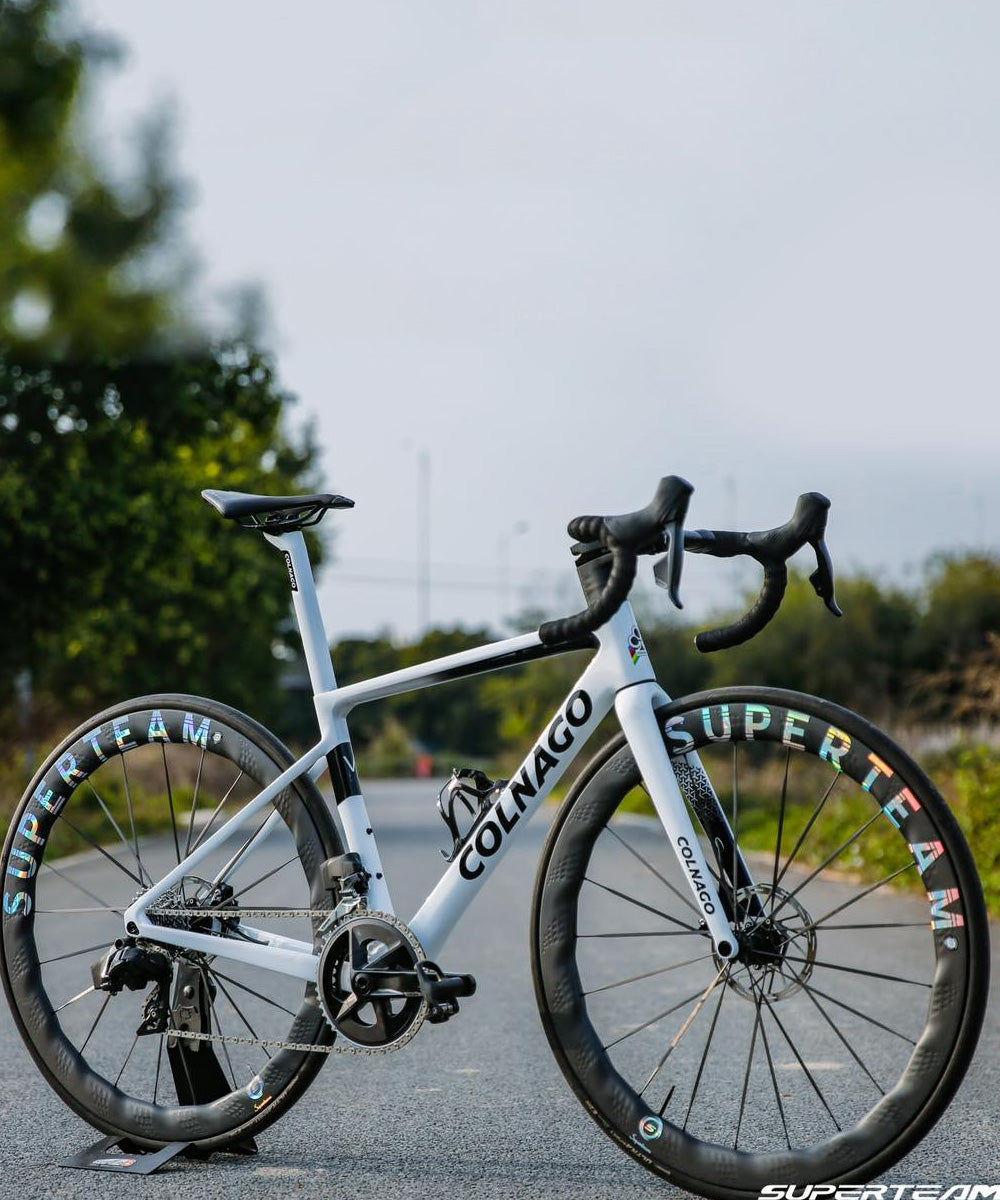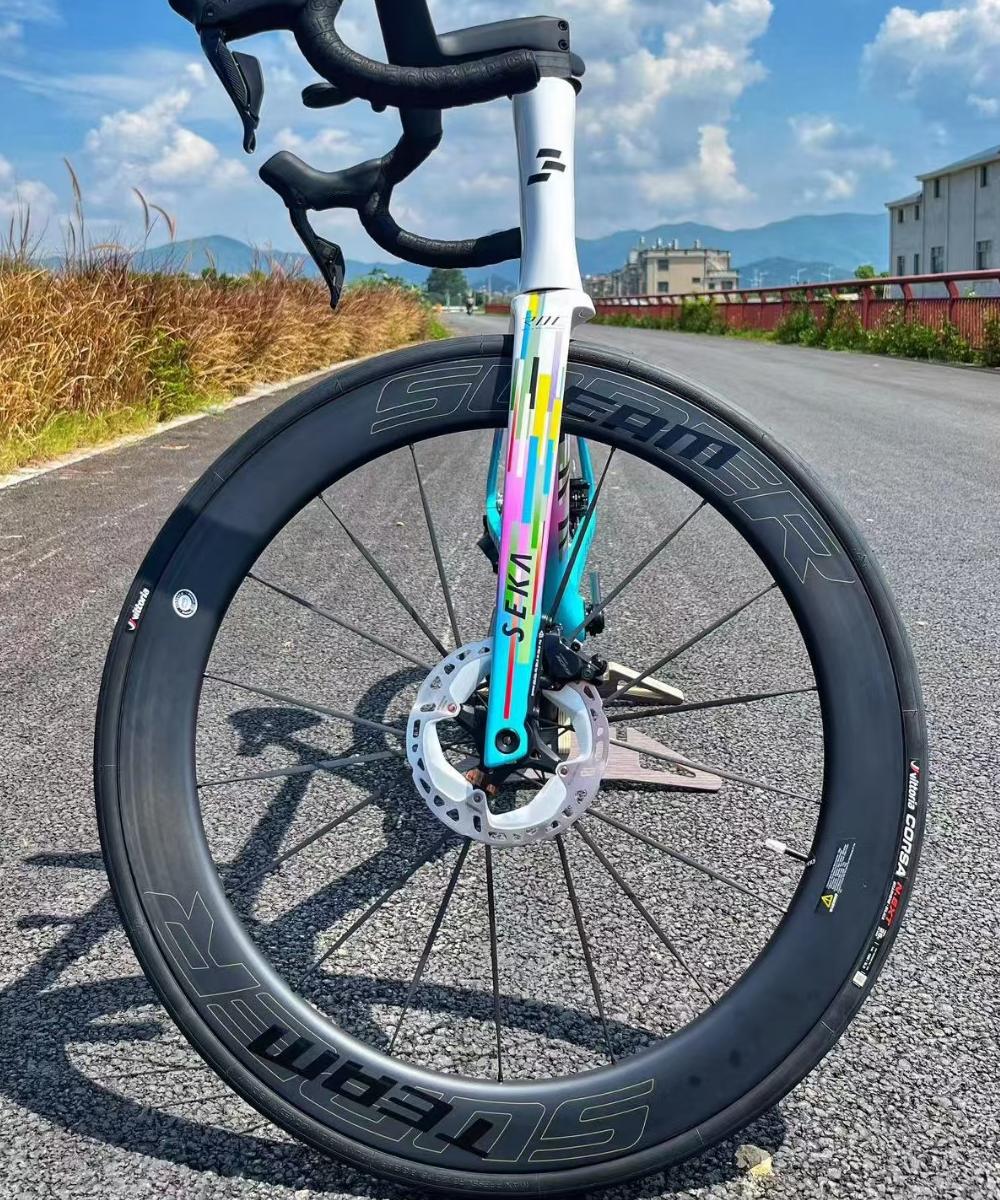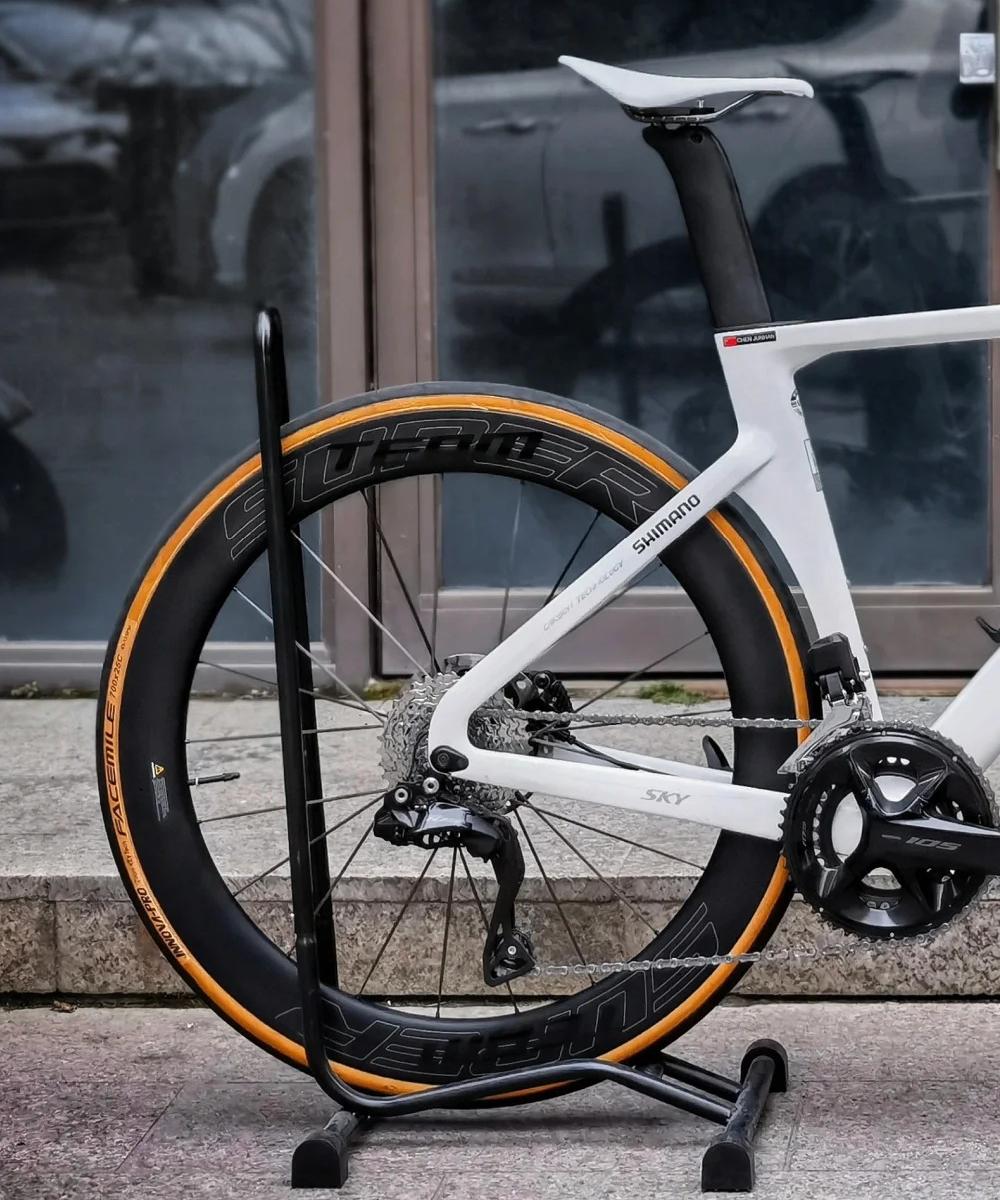How Road Surface Roughness Impacts Aero Gains
When discussing aerodynamic efficiency in cycling, most of the focus is placed on wheel shape, frame integration, and rider position. However, one often-overlooked factor is the condition of the road itself. Road surface roughness can significantly influence how much aerodynamic benefit you actually get from your wheelset — and in some cases, it can diminish the advantage entirely.
1. The Theory vs. the Real World
In a wind tunnel or controlled track environment, the surface is perfectly smooth. This creates an ideal scenario where aero wheels can deliver their maximum potential savings. In the real world, however, surfaces vary dramatically — from glass-smooth tarmac to weathered chip seal — and that variation affects how the bike and rider interact with the air.
2. Rolling Resistance Increases
On rougher roads, rolling resistance rises because the tires deform more to absorb bumps and vibrations. This additional resistance can outweigh the marginal aerodynamic gains you’d get from deep-section wheels, especially at lower speeds where aero drag is less dominant.
3. Disrupted Rider Stability and Position
When the road is bumpy, riders are more likely to shift position for comfort or control. Even slight deviations from an aerodynamic tuck — such as lifting your head or loosening your grip — can negate the benefits of aero wheels. Stability often trumps aerodynamics in such conditions.
4. Increased Vibrations Affect Wheel Efficiency
Deep rims are designed to maintain smooth airflow, but road-induced vibrations can cause micro-instabilities in the bike’s motion. This disrupts airflow patterns, making them less aerodynamically efficient compared to how they perform on smoother surfaces.
5. The Speed Factor
Aerodynamic drag matters more as speed increases. On a rough road, riders often can’t sustain the same average speed they would on smooth pavement. If your speed drops below the threshold where aero benefits outweigh rolling resistance losses (typically around 25–28 km/h for most riders), the value of deep aero wheels diminishes.
6. Practical Takeaway for Wheel Choice
If you’re racing on rough roads, you might benefit more from slightly wider, shallower rims paired with wider tires that can be run at lower pressures. This setup reduces rolling resistance, improves comfort, and keeps you in a more consistent position — all of which can result in faster times, even if the raw aerodynamic numbers are lower.
Conclusion
Road surface roughness is a critical, real-world factor in how much advantage aero wheels can deliver. While deep rims can be game-changing on smooth, high-speed courses, a rough road may shift the balance toward comfort, control, and rolling efficiency. Smart wheel selection means considering not just the wind, but the ground beneath you.




